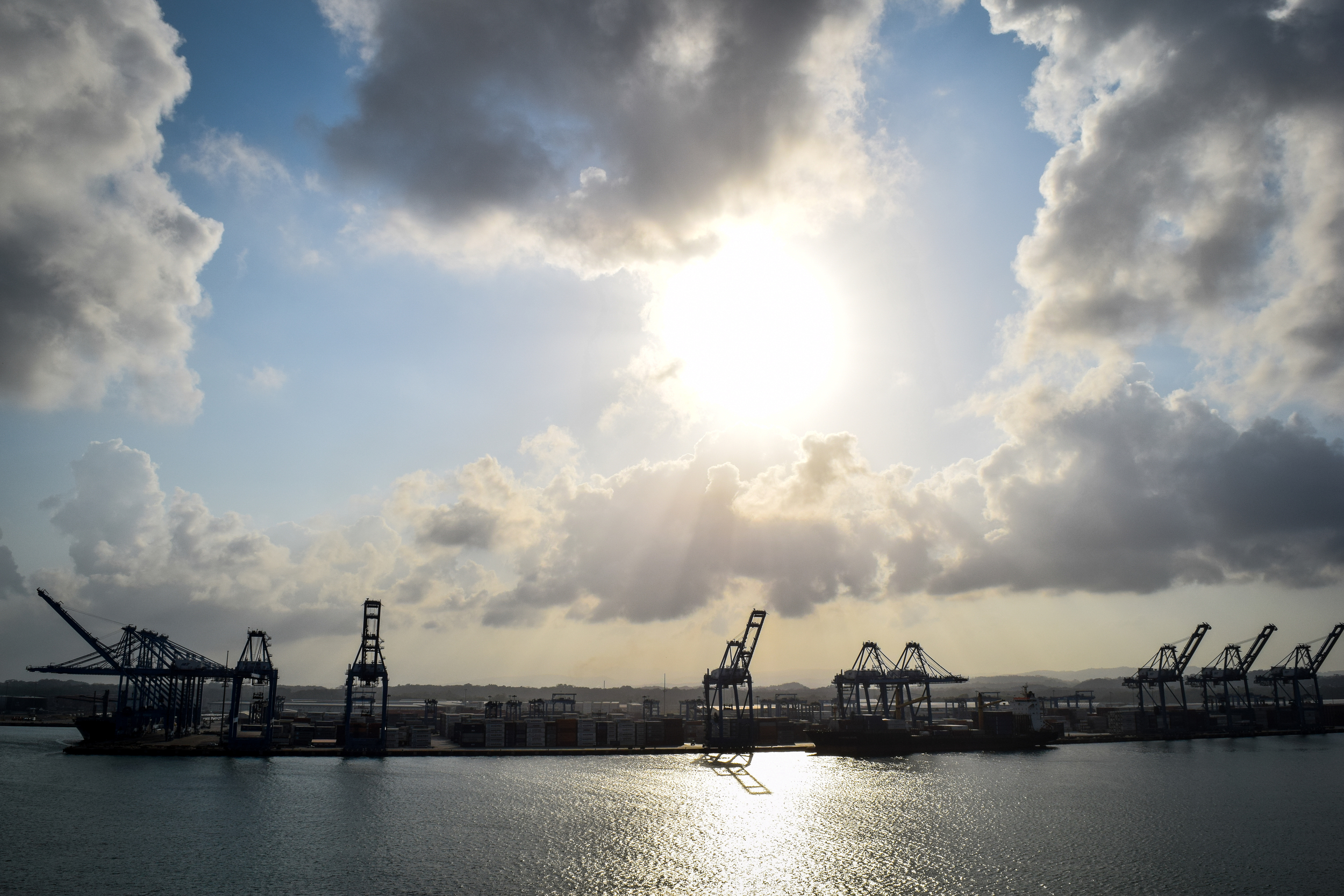A Sailor's Nightmare: Cruising Around Cape Horn
The day that my parent's cruise ship rounded Cape Horn, the sea was rough and a strong gale was blowing. The waves made the ship bounce up and down as it made its way around one of the southernmost points of South America (the real southernmost point are the Diego Ramirez Islands).
Most of the passengers stayed inside for the majority of the day due to the wet and cold weather conditions, but my parents, being the adventurers that they are, wandered outside to take photos and experience this once in a lifetime sailing.
Cape Horn is located on Isla Hornos, which is part of a group of islands at the southern end of the Tierra del Fuego archipelago in Chile.
"Cape Horn, that tramples beauty into wreck and crumples steel and smites the strong man dumb."
John Masefield
Cape Horn has long been known as a sailor’s graveyard due to the strong winds and currents, large waves and icebergs. The Horn sits at a latitude of 56 degrees south and is thus prone to intense westerly winds nicknamed the “furious fifties”. These winds are intensified at the Horn because of the funneling effect of the Andes Mountains and the Antarctic Peninsula that force the winds into the relatively narrow Drake Passage.
The ocean that lies west of Cape Horn is notorious for rogue waves that can reach heights of up to 30 meters. That’s half as high as some modern cruise ships!
For hundreds of years ships have been traveling on a trade route from Europe past the Horn to reach the Americas, Oceania, and Asia. I can’t even begin to imagine what it must have been like to ride on one of the old clipper ships approximately 175 years ago! Images spring to my mind of old sailing ships perilously swaying back and forth in the currents. We certainly are fortunate at how far ship engineering has come. Thank goodness for stabilizers!
Since navigating the Horn was nearly impossible for early sailors, anyone that did make the voyage safely was granted certain liberties. If they had rounded Cape Horn the sailors were entitled to wear a gold loop earring in their left ear because this was the ear that had faced the Horn in an eastbound passage. They were also entitled to eat with one foot on the table!
The trade route around Cape Horn was commonly used until the Panama Canal opened in 1914, after this the traffic around the Horn slowly died away. Nowadays, most modern ships and tankers avoid traveling around Cape Horn as it’s usually more expensive and a longer journey than going through the Panama Canal.
Cape Horn is now a major attraction for sailboat races and circumnavigations. The rounding of the Horn is widely considered to be the yachting equivalent of climbing Mount Everest!
"I don't know who named them swells. There's nothing swell about them. They should have named them awfuls."
Hugo Vihlen
On my parent’s sailing around Cape Horn they experienced all kinds of weather throughout the day. From sunshine to heavy gusts of wind, choppy seas, sporadic rainfall, and fog, they got it all and loved every minute of this historic sailing!


